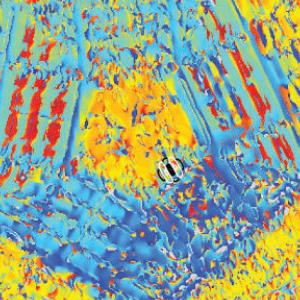The computer booted up today without any major hassle. I had display. I am impressed!
Finished the first version of tests. What caused the flicker wasn’t by Windows, it was Matlab writing to the console. By suppressing the messages, I managed to provide the appropriate stimulus (Thanks Jenny!).
The code works, it may be worthwhile cleaning up, as now they operate as functions that access pre-defined and pre-set global variables. For some reason, this is a major no-no in matlab. Probably because they don’t have nice mutexes implemented for variables, and because functions are there to make software workspace-independent (which I intend to do, but needs more integration!).
Both tests appear to be working now, interestingly I got some weird results. Of course the dispay is not calibrated yet, so anything could happen, the wackiest result is just as inaccurate as the most sensible one.
I couldn’t do much with the photometer (still couldn’t get oscilloscope probes), I have two options:
1., Do the calibration by hand, which is a lengthy, painful procedure.
2., Try to borrow (beg! :)) an other one, from an other lab, and try making a software to automate the calibration.
Buying an other one is not an option, as the cost is about 3000 pounds for a device that was designed in 1987.
Anyway, when calibration has finished I just need to surround the brightness/contrast/gain control buttons of the monitor with an electric fence and not to update the driver.





















Great progress Zoltan! NB Calibrating a CRT by hand isn’t so bad, as you can get away with 5 or 6 points on the luminance/pixel-value curve — it really is such a pure power function. That’s what I did last year to get the value gamma=2.23. But I’m sure the other lab will be happy to loan you their chromometer.